The footballer Dirk Kuyt turned into at Liverpool isn’t the one Reds fans first envisaged, but he left the club as an undisputed modern-day hero.
In the summer of 2006, Rafa Benitez was in need of a top-class striker – someone who would guarantee a relentless stream of goals.
With Milan Baros and Djibril Cisse, Liverpool had two goo, but very limited forwards who played their part in the 2005 Champions League success. They weren’t the answer.
Peter Crouch had come in and taken until nearly Christmas to score his first goal, while Fernando Morientes and Robbie Fowler were fading forces.
Enter Kuyt, who arrived from Feyenoord after the 2006 World Cup, having racked up 118 goals in just 195 appearances for the Dutch giants.
His signing felt significant, at a time when Liverpool were desperately trying to match outstanding Man United and Chelsea teams.
The hope was that Kuyt would post Fowler-like numbers in front of goal, taking Benitez’s side up a gear and ending what was a 16-year wait for a league title at that point.
In truth, it didn’t take long to realise the Dutchman was never going to be that player, with his strike rate back in his homeland clearly aided by a weaker league.
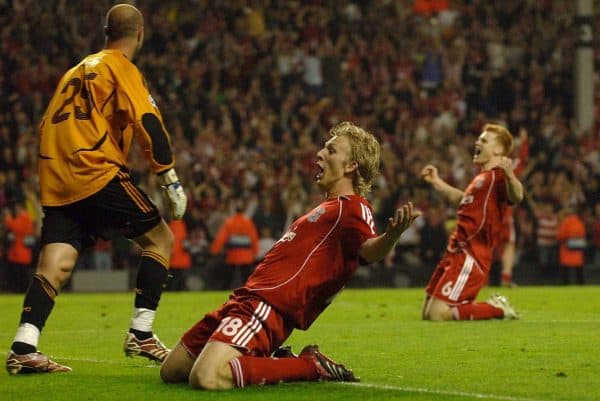
Slowly but surely, Benitez took the pressure off Kuyt and used him in a right-sided role, where being a less constant source of goals was acceptable.
It was in this position that Kuyt truly found his groove in a Liverpool shirt, much in the way Ray Kennedy did on the left-hand side during the 1970s.
Neither lightning-fast nor blessed with natural dribbling ability, Kuyt made up for that with dogged determination, tactical intelligence and a knack for being in the right place at the right time.
His shot of messy, strawberry-blonde hair made it impossible to miss him on the pitch and he possessed a work rate that would see him excel in Jurgen Klopp‘s current team.
It is the big moments that we will always remember Kuyt for, rather than consistently dazzling performances and stacks of Man of the Match awards.
It could be argued that Steven Gerrard aside, Liverpool haven’t had a more effective big-game player than Kuyt in the last 20 years.
That may sound hyperbolic, particularly when you look at what the likes of Mohamed Salah, Sadio Mane and company have achieved, but it’s hard to argue against it.
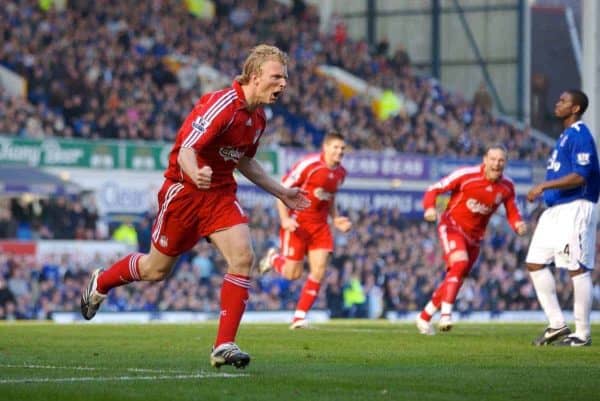
In fact, the present-day player Kuyt is most relatable to in that respect is Gini Wijnaldum.
Like his compatriot, he could have ineffective days when he was painful to watch, but he always seemed to stand tallest under the most pressure.
The match-winning brace of penalties at Everton in 2007 sticks out, on a day when he also somehow avoided a red card for an out-of-control lunge on Phil Neville.
Those were two of five goals in 11 games that came against the blue half of Merseyside, with Kuyt so often proving to be the scourge of Liverpool’s city rivals.
A hat-trick at home to Man United will always be cherished, as will a late FA Cup winner against the same opponents, while Chelsea, Arsenal, Man City and Tottenham all felt his wrath down the years, too.
In Europe, Kuyt was no different.
He scored in the 2007 Champions League final, albeit in a losing cause, while his winning penalty against Chelsea in the semi-final was nerveless and never in doubt.
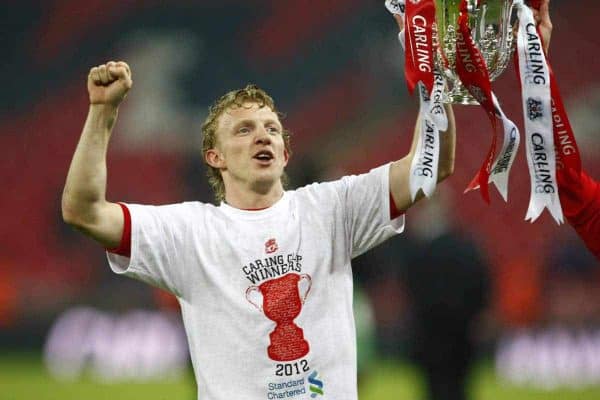
Another late strike at Anfield, this time against Inter Milan, sent the Kop wild, and he sits fifth on Liverpool’s all-time Champions League scorers list, behind only Salah, Gerrard, Mane and Roberto Firmino.
Had it not been for a late Cardiff equaliser in 2012, Kuyt would have had a League Cup-winning goal to his name as well – but he scored in the eventual shootout win, of course!
Ultimately, that victory proved to be his only piece of silverware at Liverpool, which naturally comes as a surprise.
For that reason, it is hard to bestow legendary status on him, but he was a wonderful servant during a six-year period that threatened to be great under Benitez.
Kuyt is the type of player who might receive abuse on social media if he was playing now, partly because his greatest qualities were often subtle.
His football brain allowed him to get the best out of his teammates, and he was a manager’s dream in terms of how astute he was on and off the ball.
That’s not to say he wasn’t a strong technical player in his own right – he won 104 caps for the Netherlands, after all – but there were limitations that prevented him from ever being world class.
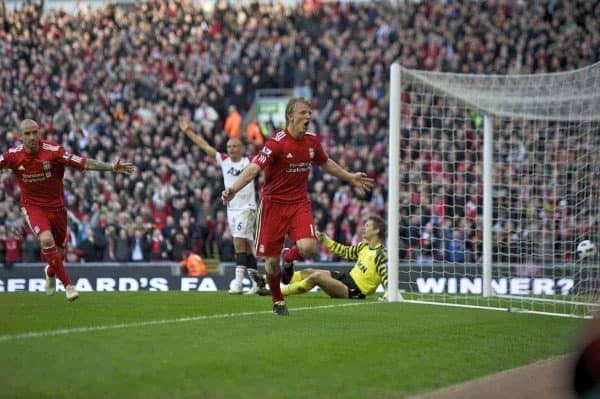
Kuyt left Liverpool with a tally of 71 goals and 40 assists in 285 appearances, but there was so much more to him than statistics.
He ‘got’ what it meant to play for the Reds and had a connection with the supporters, with his down-to-earth style making him easy to warm to.
That toothy grin and trademark non-hairstyle may almost have made him feel cartoonish, but deep down he was a hugely driven footballer who got every ounce out of his ability.
Kuyt wouldn’t start regularly if he was thrown into Klopp’s setup now, but he would be a fantastic squad player who could thrive across the front line as a reliable deputy, probably filling in in other areas, too.
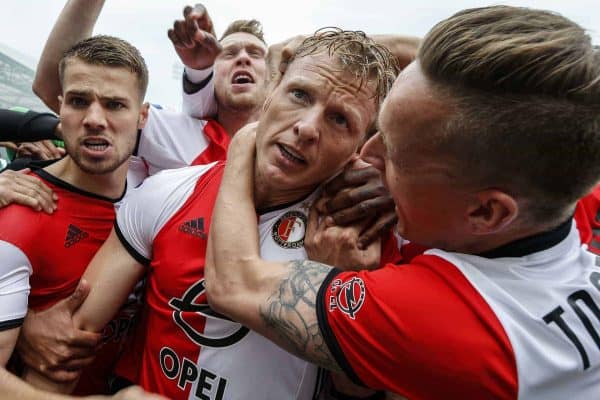
After Liverpool, for example, he slotted in as a right-back in the Netherlands’ run to the semi-finals at the 2014 World Cup, while his latter years back at Feyenoord saw him shine as a goalscoring No. 10.
Now, he operates as a coach, having worked in various roles for Quick Boys and Feyenoord, and has expressed his desire to return to the Anfield dugout if Gerrard gets the manager’s job in the future.
In many ways, he was his generation’s James Milner, always putting the team first, proving to be a vital cog in the machine and showing immense confidence from the penalty spot.
We shouldn’t forget how good Liverpool’s likeable big-game player was.
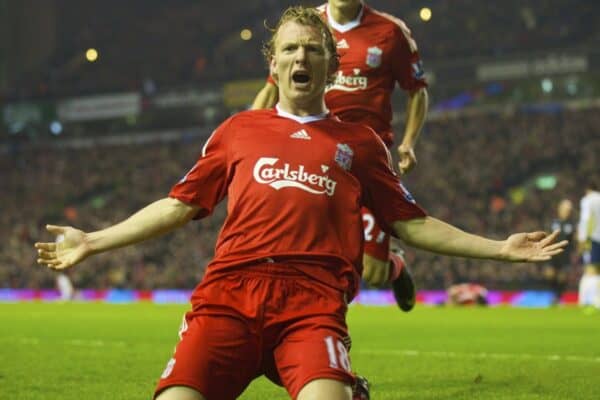





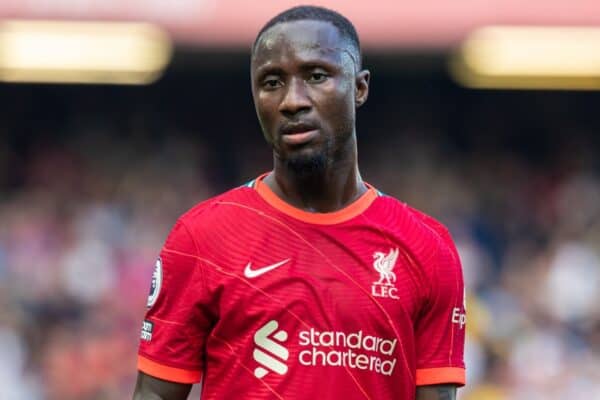
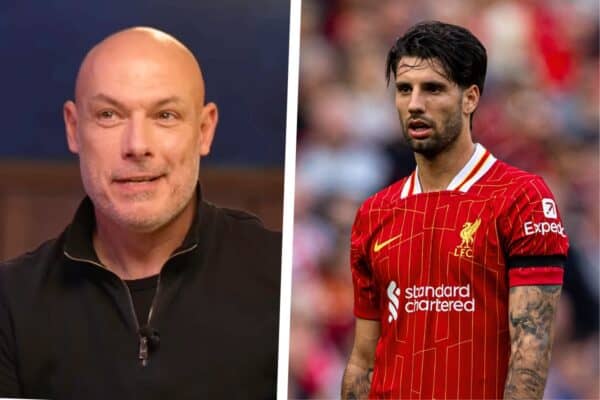
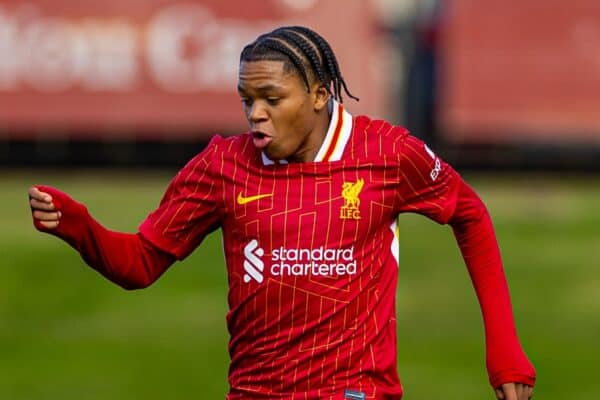
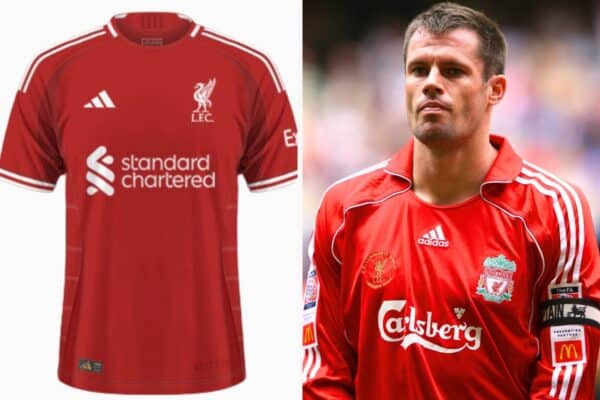
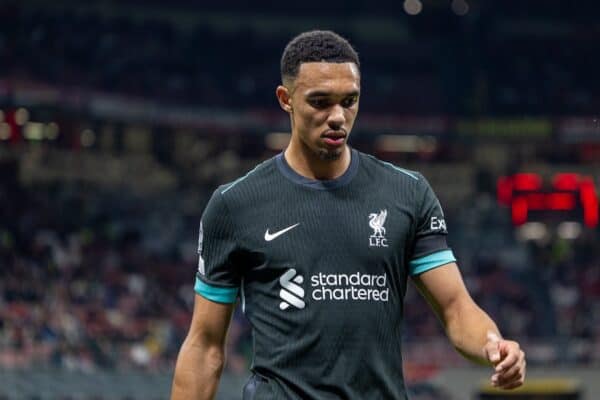
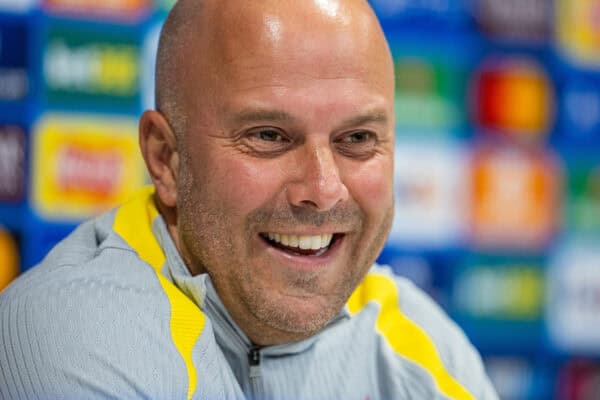

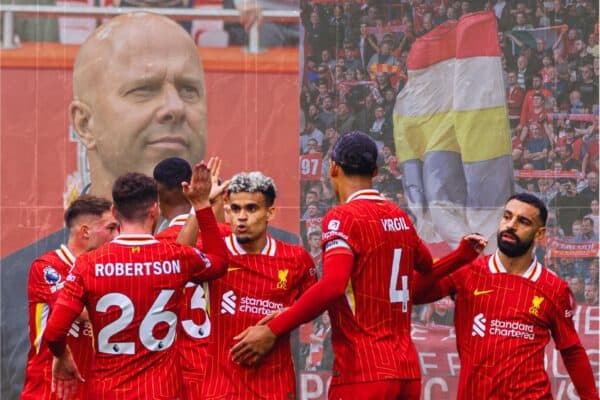






Fan Comments